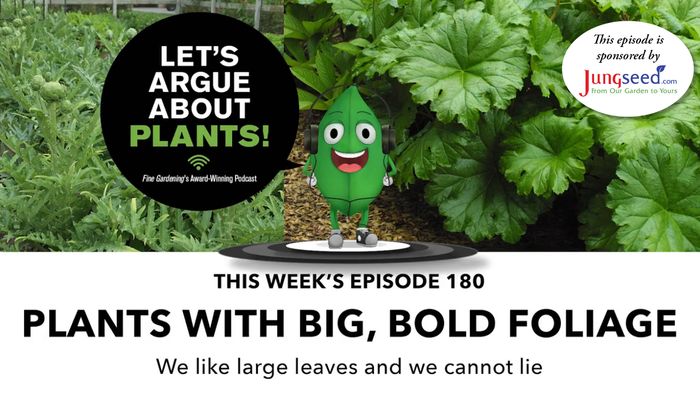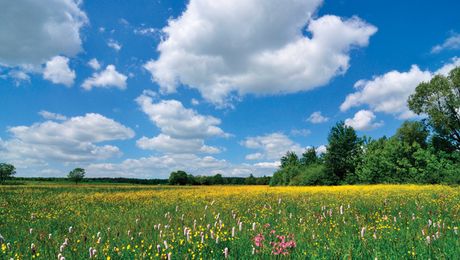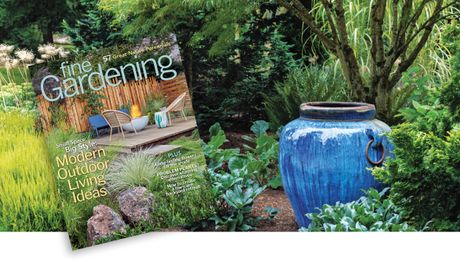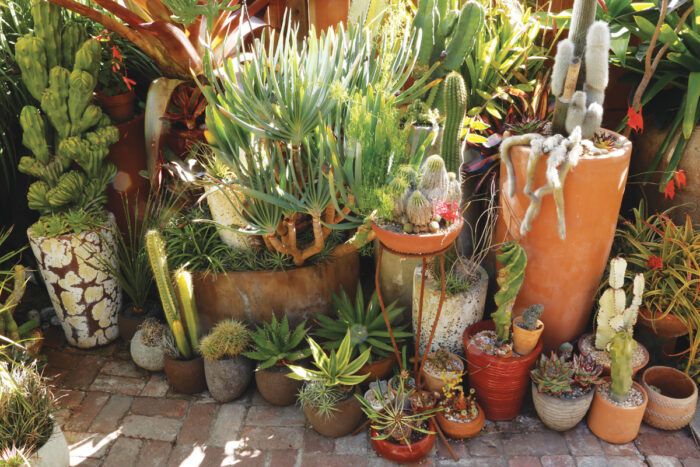
There’s nothing quite like the summery and exotic look that tropical plants give your garden. Characterized by large, colorful, wide leaves and vibrant flowers, these plants can push a design over the edge and make passersby stop and stare. We might pass by bougainvilleas (Bougainvillea spp. and cvs., Zones 10-11) and mandevillas (Mandevilla spp. and cvs., Zones 9-11) at the grocery store and garden center every summer without a second thought, but where do these and other tropical plants actually come from?
The tropics are generally defined as the region of the Earth surrounding the equator. Instead of experiencing typical seasons, these areas have pretty consistent temperatures year-round and may only experience a dry season and a wet season. And yet, there are many different types of ecosystems in the tropics, from the rainforests you may be picturing to dry forests, savannas, grasslands, scrublands, mangroves, and mountainous regions. The tropics have some of the most biodiversity on the planet and a rich array of plants that we have come to take for granted when we see them for sale in our North American nurseries.
In this collection of articles, videos, and podcasts, you will gain valuable insight on some of the most gorgeous and well-performing tropicals, from well-known favorites like colocasias (Colocasia spp. and cvs., Zones 8-11), bananas (Musa spp. and cvs., Zones 5-11 and Ensete spp. and cvs., Zones 8-11), and coleus (Plectranthus scutellarioides and cvs., Zones 10-11), to lesser-known beauties like red roselle (Hibiscus sabdariffa, Zones 9-11) and butterfly stripe plant (Christia obcordata, Zones 11-12).
You’ll also learn tips on how to design with these plants, from integrating them into your beds and borders, placing them strategically around your patio or deck, and creating beautiful container plantings using tropical plants mixed with annuals and perennials. There is also some regional design inspiration for the Southeast, Northwest, and Midwest, giving you ideas on how to integrate tropicals with plants appropriate for those climates. Last but perhaps most importantly, these resources will give you tips on how to care for your tropicals during the summer and overwinter them so that you can enjoy them for many more years to come. As long as you have warm summers, there’s no reason why you can’t grow this fascinating group of plants no matter how cold your winters are. So don’t be intimidated; use this guide to set your mind at ease.
Diana Koehm is the assistant editor.
-
 Design
DesignGive Your Border a Tropical Punch
Use exotic plants as focal points, as accents, and in a vignette
-
 Midwest Regional Reports
Midwest Regional ReportsBold Tender Vines for Your Summer Garden
-
 Southeast Regional Reports
Southeast Regional ReportsThe Best Colocasias to Add Tropical Flair to Your Summer Garden
-
 Southeast Regional Reports
Southeast Regional ReportsRed Roselle Is a Unique Hibiscus for the Edible or Ornamental Garden
-
 Design
DesignAll About Growing Coleus
Choose from colorful trailing, medium-, or large-size plants to add pizzazz to containers and borders
-
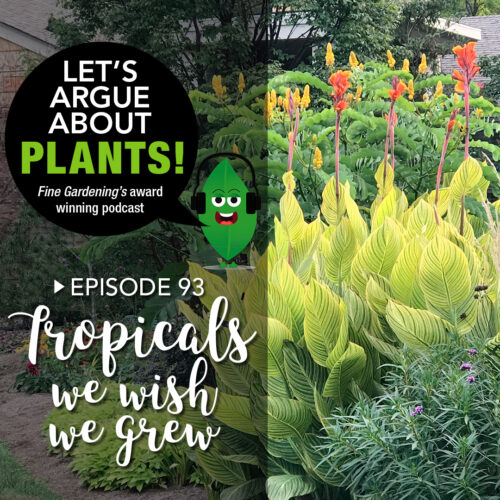 Podcast: Let's Argue About Plants
Podcast: Let's Argue About PlantsLet's Argue About Plants Podcast: Tropicals We Wish We Grew
-
 Design
Design4 Ways to Design With Coleus
If you're having trouble finding the right plant for the right place, this versatile performer offers a multitude of options
-

-

-

-
 Southeast Regional Reports
Southeast Regional ReportsTropical Houseplants Can Be Stars of the Summer
-
 Pacific Northwest Regional Reports
Pacific Northwest Regional ReportsTropical Late-Season Interest for the Northwest
-
 Midwest Regional Reports
Midwest Regional ReportsTropical Foliage for Sun and Shade
-
 How-To
How-ToBring It In!
-


